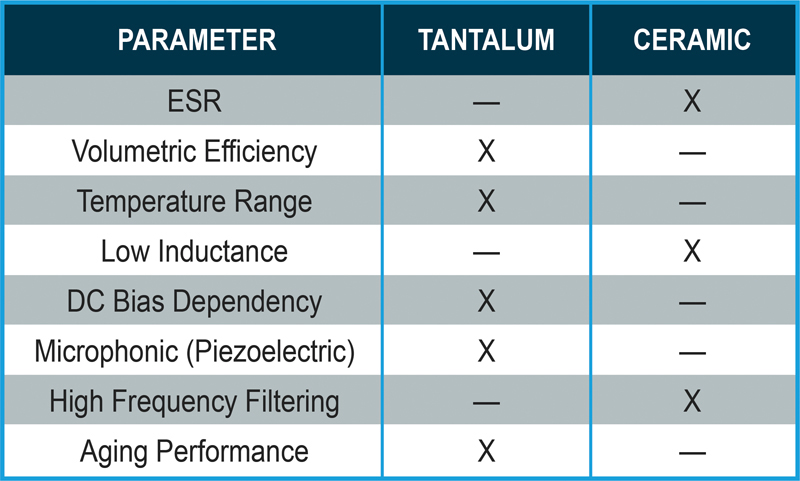Ceramic Capacitor Temperature Stability

Class 1 ceramic capacitors offer high stability and low losses for resonant circuit applications.
Ceramic capacitor temperature stability. Class 1 ceramic capacitors with high stability and low losses compensating the influence of temperature in resonant circuit application. Ceramic capacitors are divided into two application classes. Smaller ceramic capacitors can have a nominal value as low as one pico farad 1pf while larger electrolytic s can have a nominal capacitance value of up to one farad 1f. Only available as leaded components.
Class 1 and class 2. There are two classes of ceramic capacitors available today. Class 3 ceramic capacitors offer higher volumetric efficiency than the class 2 ceramic capacitors but their temperature stability is not nearly so good. Nonetheless further increase of rated temperature is proving to be a real challenge due to exceeding.
The multilayer ceramic capacitors mlccs are key components used in every electronic equipment to serve many functions such as filtering dc blocking coupling decoupling and so on 1 2 in recent years with the rapid development of electric vehicles high speed aircrafts and spacecrafts there is an urgent need for ultra high temperature multilayer ceramic capacitors uht mlccs to. 230 c hermetically sealed smd tantalum capacitors several studies have been launched to assess the stability parameters of tantalum surface mounted capacitors at temperatures above. The storage temperature for these capacitors should be as low as possible and certainly below 25 c. The capacitance of a capacitor can change value with the circuit frequency hz y with the ambient temperature.
Common eia iec code abbreviations are c0g np0 p2g n150 r2g n220 u2j n750 etc. Class 1 ceramic capacitors are used where high stability and low losses are required. A typical performance for the change of capacitance with temperature is 22 to 56 over a range of 10 c to 55 c. Class 2 ceramic capacitors offer high volumetric efficiency for buffer by pass and coupling applications.
The two most common types are multi layer ceramic capacitors and ceramic disc capacitors.









